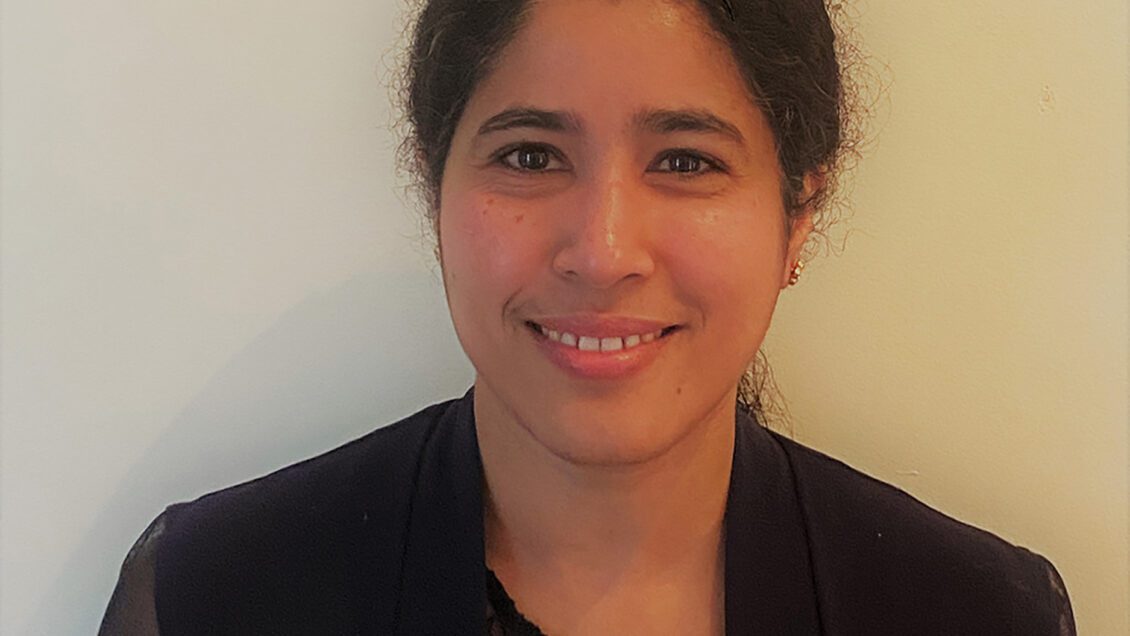
The action in agriculture is where the roots meet the dirt. That’s where the chemical magic takes place between the earth and the living organisms it sustains.
And that’s precisely where scientist Vidya Suseela focuses her novel research – in the realm of roots and soil surrounding the roots, or what science refers to as the rhizosphere where biology meets chemistry.
“Soil sustains everything,” said Suseela, an assistant professor of soil ecology in the Clemson University College of Agriculture, Forestry and Life Science’s department of plant and environmental sciences. “It powers plants and plants power the globe.”
Suseela’s research benefits both agriculture and the environment. No wonder, then, that it has gained the attention of the National Science Foundation (NSF). She has earned the highest NSF honor that young college professors can achieve: the CAREER award, given to early-career faculty who have the potential to serve as academic role models in research and education.
This highly selective, $1.2 million, 5-year grant is meant to serve as a foundation for a young professor’s research program. Suseela’s research program aims to promote soil health through enhanced sequestration and persistence of soil organic carbon (SOC), and to improve crop health by fostering microbial symbiosis for better nutrient uptake and drought tolerance. The core of her research is to better understand and – and find ways to use – interactions between plants and the soil they depend on.
SOC is a critical component that improves microbial activity, nutrient availability and water retention. It enhances soil health and ecosystem sustainability. With this CAREER award, Suseela will use cutting-edge analytical chemistry techniques to study the mechanisms underlying the formation, persistence, and function of SOC.
Intensive management practices deplete SOC in many agroecosystems. Understanding how SOC is formed and, more importantly, where this newly formed carbon is sequestered is critical to making informed decisions on utilizing plant species diversity to enhance SOC.
“We now consider soil like we do a living organism,” Suseela said. “We are delving deeper to find out more about the chemistry of soil health. It’s a very exciting time in soil science, and future generations will be better off if we take care of our soil.”
She also studies how farmers can affect soil microbial communities to improve soil health, especially in the sequestration of carbon. Channeling atmospheric carbon to soil can help mitigate climate change.
“Different cover crops – legumes, brassica, grasses and different mixtures – affect soil carbon chemistry differently,” she said. “Chemistry is really important in the sequestration of carbon. What we learn can help farmers choose different types of plants to foster carbon sequestration.”
By using cover crops as model species, the project will explore how multiple plant species with different tissue chemistry affect soil microbial activity and, in turn, interact with soil minerals to form SOC.
In the end, she said, it all comes down to sustainability not only for agricultural production but for natural ecosystems as well.
“As a soil ecologist I am interested in the biogeochemical processes that shape the ecosystem responses to global environmental changes,” Suseela said. “We require a better understanding of the crosstalk between roots and the associated microbiome in shaping processes in the rhizosphere that influence both the resilience and the productivity of our ecosystems.”
For its award recipients, the NSF specifically looks for research programs that engage students in the vanguard of science.
“There is a big education component in our research,” Suseela said. “Graduate students, undergraduate students and high school students will get hands-on experience with our analytical techniques through several internship programs.
“In the younger students, we hope to instill the curiosity for science that will help them find a future in the STEM field. We also will develop a new graduate class on biogeochemistry that will give them fresh perspectives on the multidisciplinary nature of soil science.”
-END-
Get in touch and we will connect you with the author or another expert.
Or email us at news@clemson.edu
